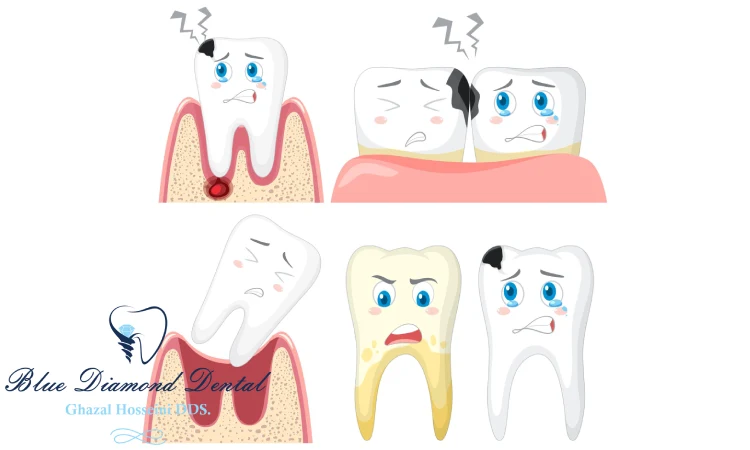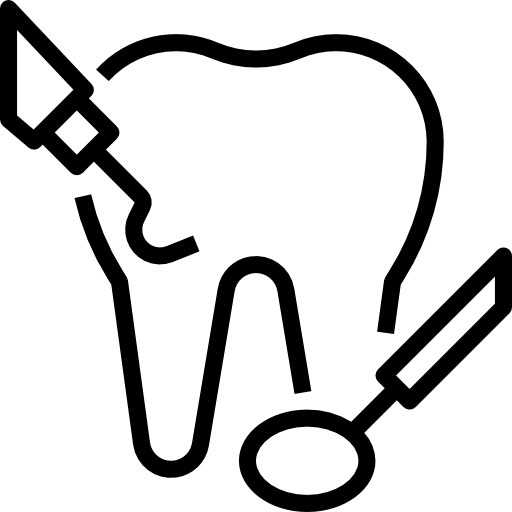
Can Missing Teeth Change the Shape of Your Face?
Missing Teeth Changes
The loss of teeth is a significant event that affects not only oral health but also the structural integrity and aesthetics of the face. This comprehensive report delves into the various ways in which missing teeth can alter facial shape and the potential long-term consequences.

The Importance of Teeth in Facial Support
Teeth are integral to the facial structure, providing support for the overlying soft tissues and contributing to the overall contour and appearance of the face. They help maintain the vertical dimension of the face, support the lips and cheeks, and ensure that the muscles of facial expression function correctly.
Changes in Facial Structure Due to Tooth Loss
The absence of teeth can lead to several noticeable changes in the face:

- Jawbone Resorption: The jawbone requires constant stimulation from the teeth to maintain its density. When teeth are missing, this stimulation is lost, leading to bone resorption, a process where the bone tissue begins to deteriorate and lose volume.
- Facial Sagging: As the jawbone resorbs, the height between the jaw and the nose can decrease, leading to a collapsed appearance in the lower face. This can result in increased wrinkling around the mouth and a more pronounced jowly appearance.
- Altered Facial Symmetry: Missing teeth can cause an imbalance in facial symmetry due to uneven support for the facial tissues. This can be particularly noticeable if the tooth loss is unilateral or affects one side of the mouth more than the other.
- Changes in Muscle Dynamics: The muscles of mastication and facial expression rely on the presence of teeth for proper function. Without this support, there can be a shift in muscle tone and function, potentially leading to an asymmetrical appearance.
Preventative Measures and Treatment Options
To prevent the aesthetic and structural changes associated with tooth loss, the following measures can be taken:

- Dental Implants: These are considered the gold standard for replacing missing teeth. Implants act as artificial tooth roots, providing the necessary stimulation to the jawbone to prevent resorption and maintain facial structure.
- Fixed Bridges: Bridges can replace one or more missing teeth by anchoring artificial teeth to adjacent natural teeth or implants.
- Removable Dentures: While less effective at preventing bone resorption than implants, dentures can provide some degree of support for facial tissues.
- Orthodontic Treatment: In cases where teeth have shifted due to missing teeth, orthodontic treatment can help realign the teeth and restore facial symmetry.
The Psychological Impact of Tooth Loss
Beyond the physical changes, missing teeth can also have a psychological impact, affecting self-esteem and confidence. The appearance of one’s smile is closely tied to social interactions, and changes in facial aesthetics can influence personal and professional relationships.
Conclusion
The consequences of tooth loss extend far beyond the mouth, affecting the overall shape and appearance of the face. It is crucial to address missing teeth promptly to prevent or minimize these changes. With modern dental treatments, it is possible to restore both function and aesthetics, maintaining the natural shape of the face and the well-being of the individual.






